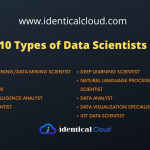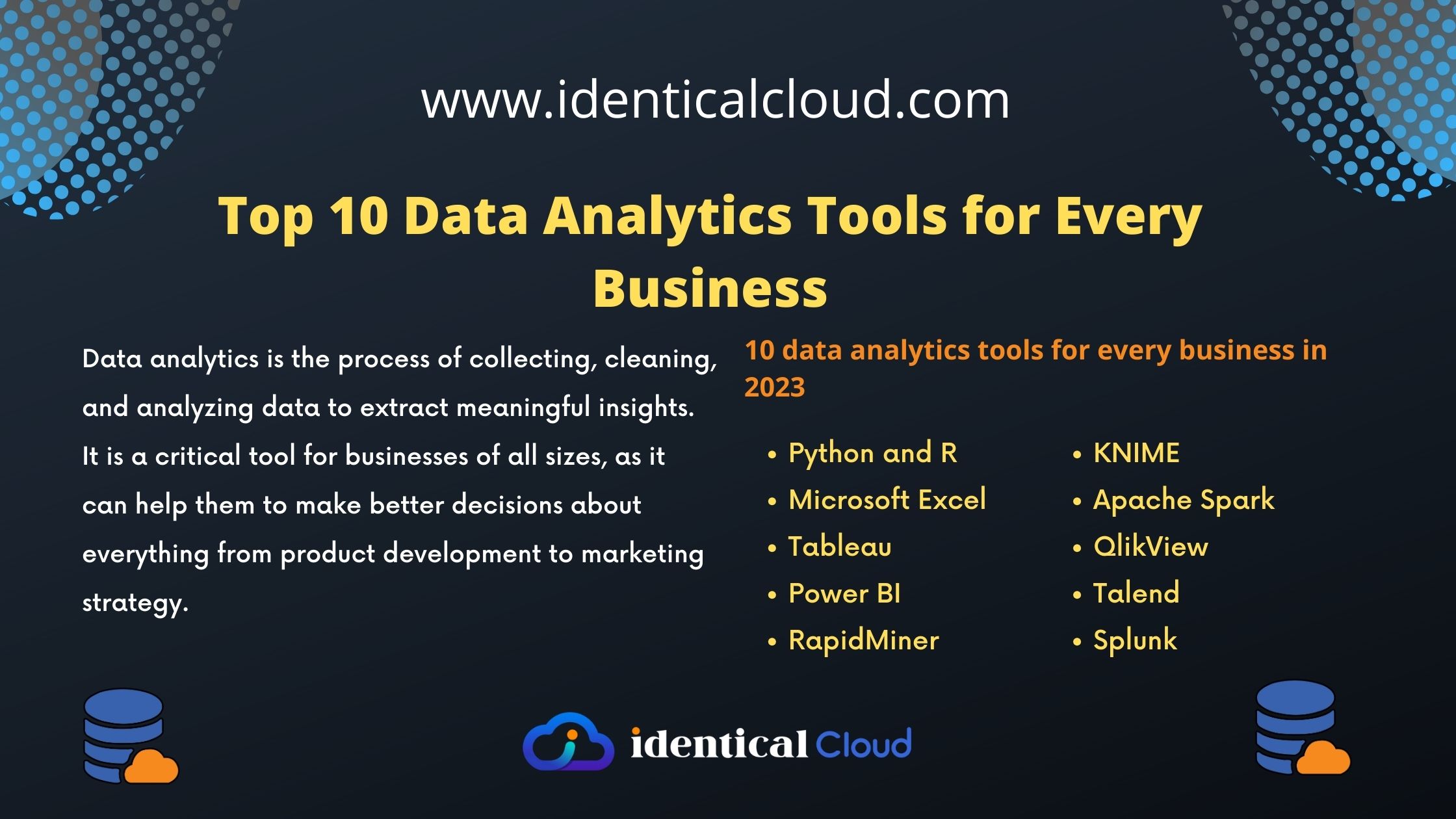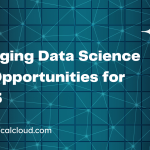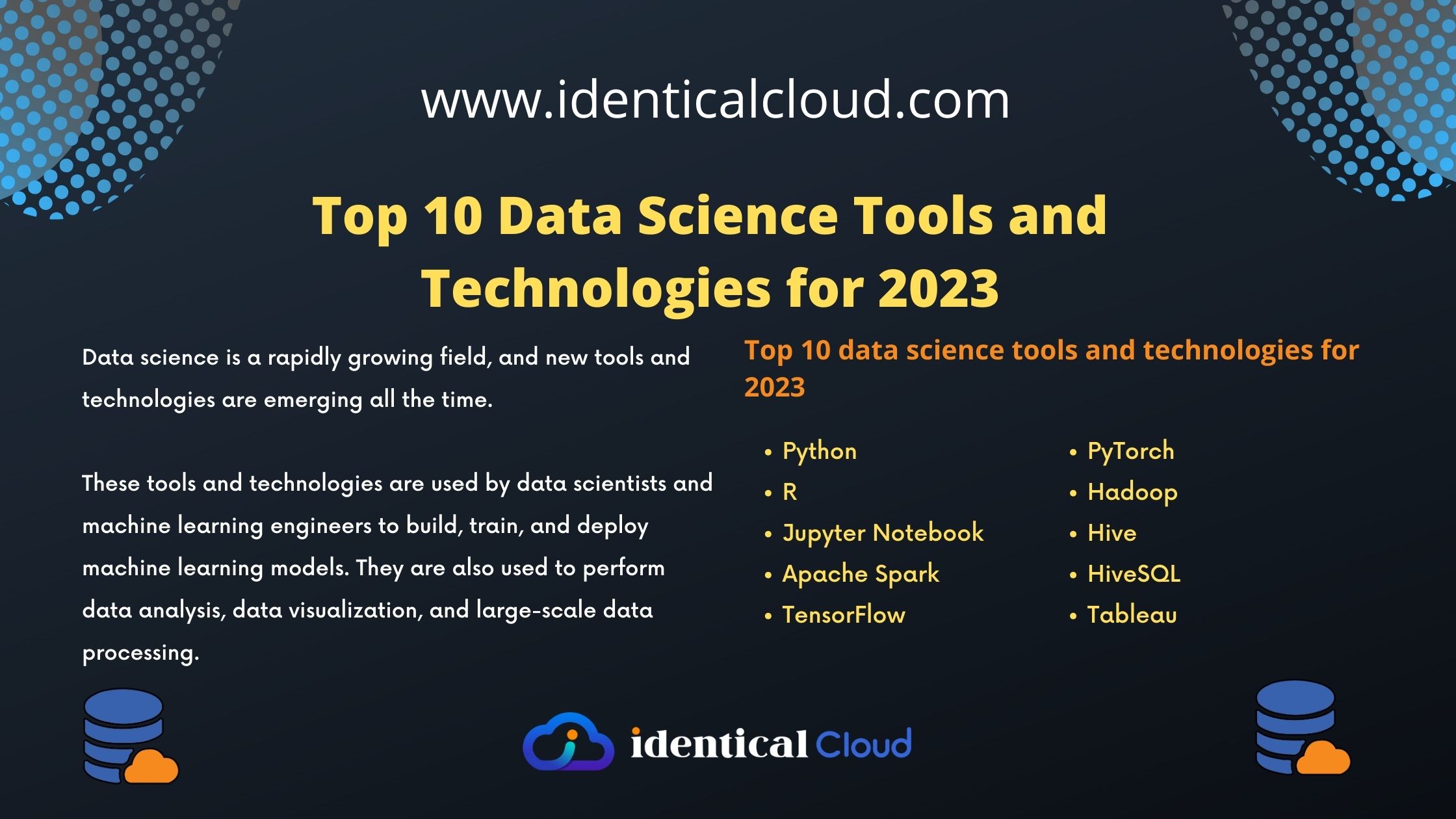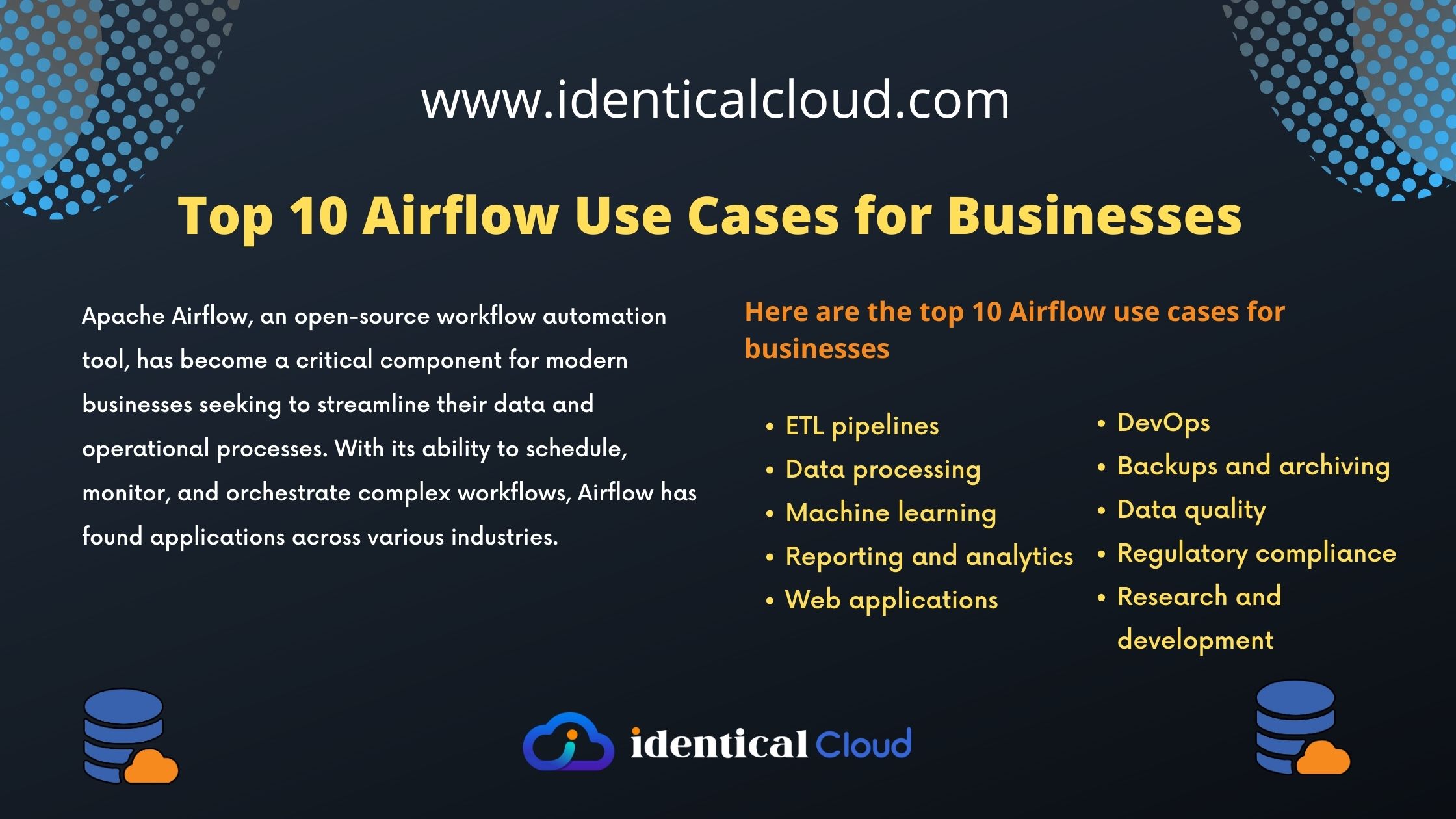
Top Data science Interview Questions and Answers
Top Data science Interview Questions and Answers
Data science is a rapidly growing field with many exciting applications. As a result, there is a high demand for data scientists. If you are interviewing for a data science job, it is important to be prepared for the common interview questions.
Here are some of the top data science interview questions:
What is data science?
Data science is the field of study that deals with the collection, analysis, and interpretation of data. It uses a variety of methods, including statistics, machine learning, and artificial intelligence, to extract insights from data.
What are the different types of data science?
The different types of data science include:
- Descriptive data science: This type of data science focuses on describing the data. This can involve summarizing the data, finding patterns in the data, and visualizing the data.
- Predictive data science: This type of data science focuses on predicting future outcomes. This can involve building models that predict the probability of an event happening or the value of a variable.
- Prescriptive data science: This type of data science focuses on prescribing actions. This can involve building models that recommend the best course of action or the optimal solution to a problem.
What are the common applications of data science?
The common applications of data science include:
- Fraud detection: Data science can be used to detect fraud by identifying patterns of suspicious activity.
- Customer segmentation: Data science can be used to segment customers into groups with similar characteristics. This can help businesses target their marketing campaigns more effectively.
- Risk assessment: Data science can be used to assess the risk of an event happening, such as a loan default or a customer churn.
- Demand forecasting: Data science can be used to forecast demand for products or services. This can help businesses plan their production and staffing levels.
- Recommendation systems: Data science can be used to recommend products or services to customers. This can help businesses increase sales and improve customer satisfaction.
What are the programming languages used for data science?
The programming languages used for data science include:
- Python: Python is a general-purpose programming language that is easy to learn and use. It is a popular language for data science because it has a large library of data science packages.
- R: R is a statistical programming language that is used for data analysis and machine learning. It is a powerful language that is well-suited for complex data science tasks.
- Java: Java is a general-purpose programming language that is used for a wide variety of applications, including data science. It is a robust language that is well-suited for enterprise applications.
- C++: C++ is a powerful programming language that is used for low-level programming, such as robotics and embedded systems. It is not as popular for data science as Python or R, but it can be used for some data science tasks.
What are the challenges of data science?
The challenges of data science include:
- The availability of data: Data science algorithms need to be trained on large amounts of data. This can be a challenge, especially for new data science applications.
- The complexity of data science algorithms: Data science algorithms can be very complex, which can make them difficult to understand and debug.
- The ethical considerations of data science: Data science raises a number of ethical considerations, such as the potential for job displacement and the misuse of data for malicious purposes.
How do you stay up-to-date on the latest data science research?
How to stay up-to-date on the latest data science research:
- Read data science research papers and blog posts.
- Attend data science conferences and workshops.
- Connect with other data scientists on social media.
- Take online data science courses.
What are your thoughts on the future of data science?
The future of data science is very promising. Data science has the potential to revolutionize many industries, such as healthcare, transportation, and manufacturing.
Explain the Data Science Process.
The Data Science process typically involves the following steps:
- Problem Definition: Define the problem you’re trying to solve and the goals you want to achieve.
- Data Collection: Gather relevant data from various sources.
- Data Preprocessing: Clean, transform, and prepare the data for analysis.
- Exploratory Data Analysis (EDA): Explore the data to gain insights and identify patterns.
- Feature Engineering: Select and create relevant features for building models.
- Model Building: Develop machine learning or statistical models.
- Model Evaluation: Assess the model’s performance using appropriate metrics.
- Model Deployment: Deploy the model for predictions in real-world scenarios.
- Monitoring and Maintenance: Continuously monitor and update the model as needed.
What is the difference between supervised and unsupervised learning?
In supervised learning, the algorithm is trained on labeled data, where inputs are paired with correct outputs. The goal is to learn the mapping between inputs and outputs. In unsupervised learning, the algorithm is given unlabeled data and aims to find patterns or structures within the data, such as clustering similar data points.
Explain the concept of overfitting in machine learning.
Overfitting occurs when a model learns the training data too well, capturing noise and irrelevant details. As a result, the model performs well on the training data but poorly on new, unseen data. Overfitting can be mitigated by using techniques such as cross-validation, regularization, and increasing the amount of training data.
What is the importance of feature scaling in machine learning?
Feature scaling ensures that all features have similar scales, preventing certain features from dominating others during model training. It improves convergence speed and performance of algorithms that are sensitive to feature magnitudes, such as gradient descent-based algorithms.
What are precision and recall? How are they related?
Precision is the ratio of true positive predictions to the total predicted positives, while recall is the ratio of true positive predictions to the total actual positives. They are related through the concept of trade-off: increasing precision often leads to lower recall, and vice versa. The F1 score is a metric that combines precision and recall to provide a balanced evaluation of a model’s performance.
What is the curse of dimensionality in machine learning?
The curse of dimensionality refers to the challenges that arise when working with high-dimensional data. As the number of features or dimensions increases, data becomes sparse, and models may struggle to find meaningful patterns. It can lead to increased computational complexity, overfitting, and decreased model performance.
What is cross-validation, and why is it important?
Cross-validation is a technique used to assess the performance of a model by partitioning the data into training and testing subsets multiple times. It helps to validate a model’s performance on different subsets of data, reducing the risk of overfitting and providing a more accurate estimation of its generalization capabilities.
Explain the bias-variance trade-off in machine learning.
The bias-variance trade-off is a fundamental concept in machine learning. Bias refers to the error introduced by approximating a real-world problem, which may be complex, by a simplified model. Variance, on the other hand, is the error introduced due to model sensitivity to small fluctuations in the training data. Finding the right balance between bias and variance is essential to build models that generalize well to new data.
How do you handle missing values in a dataset?
Handling missing values depends on the nature and amount of missing data. Common approaches include:
- Removing rows or columns with missing values (if they are a small portion).
- Imputing missing values using mean, median, or mode.
- Using predictive modeling to predict missing values based on other features.
These are just a few of the top data science interview questions. The specific questions that you will be asked will vary depending on the job you are applying for and the company you are interviewing with. However, by being prepared for these common questions, you will be well on your way to acing your data science interview.

